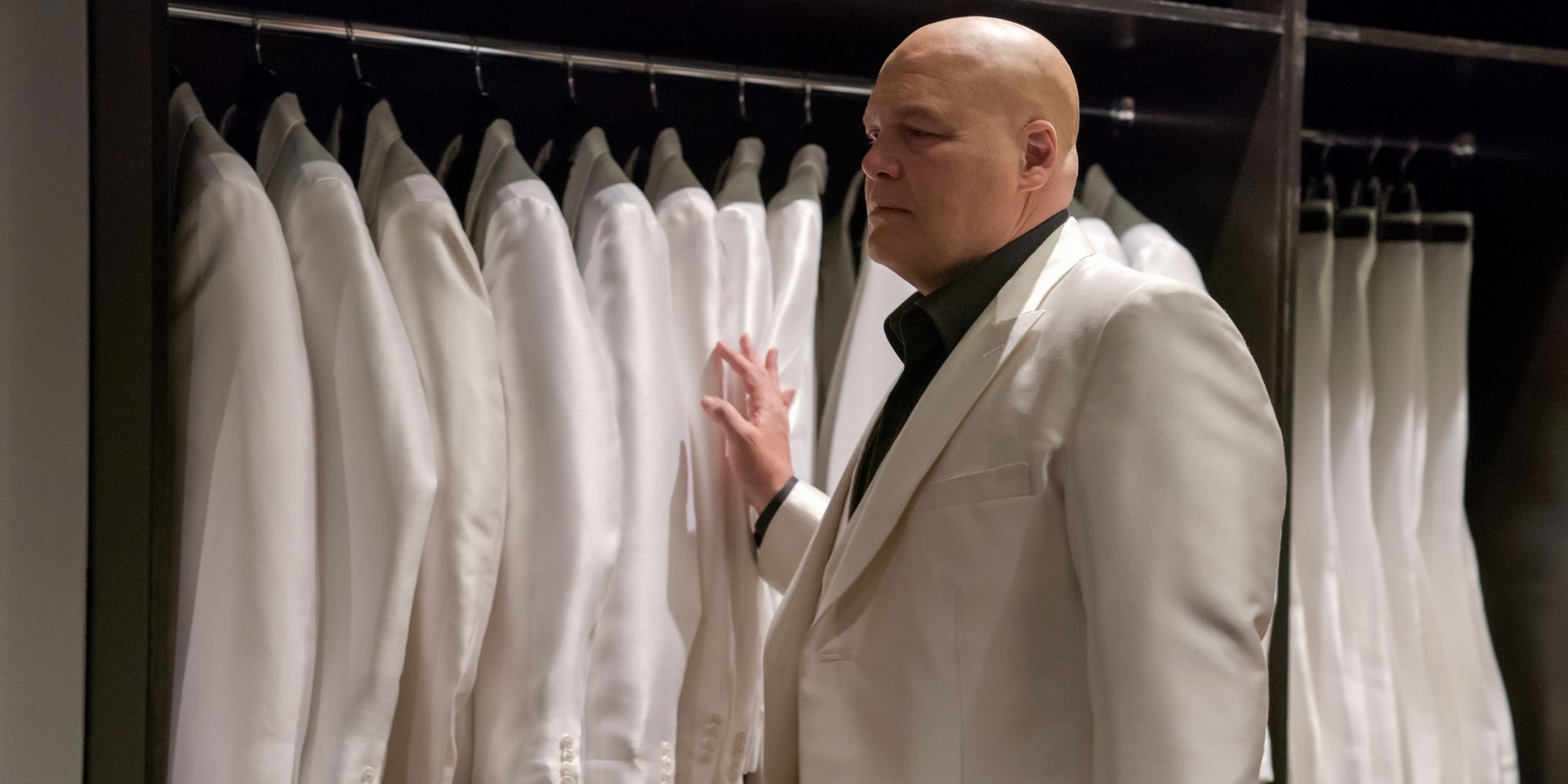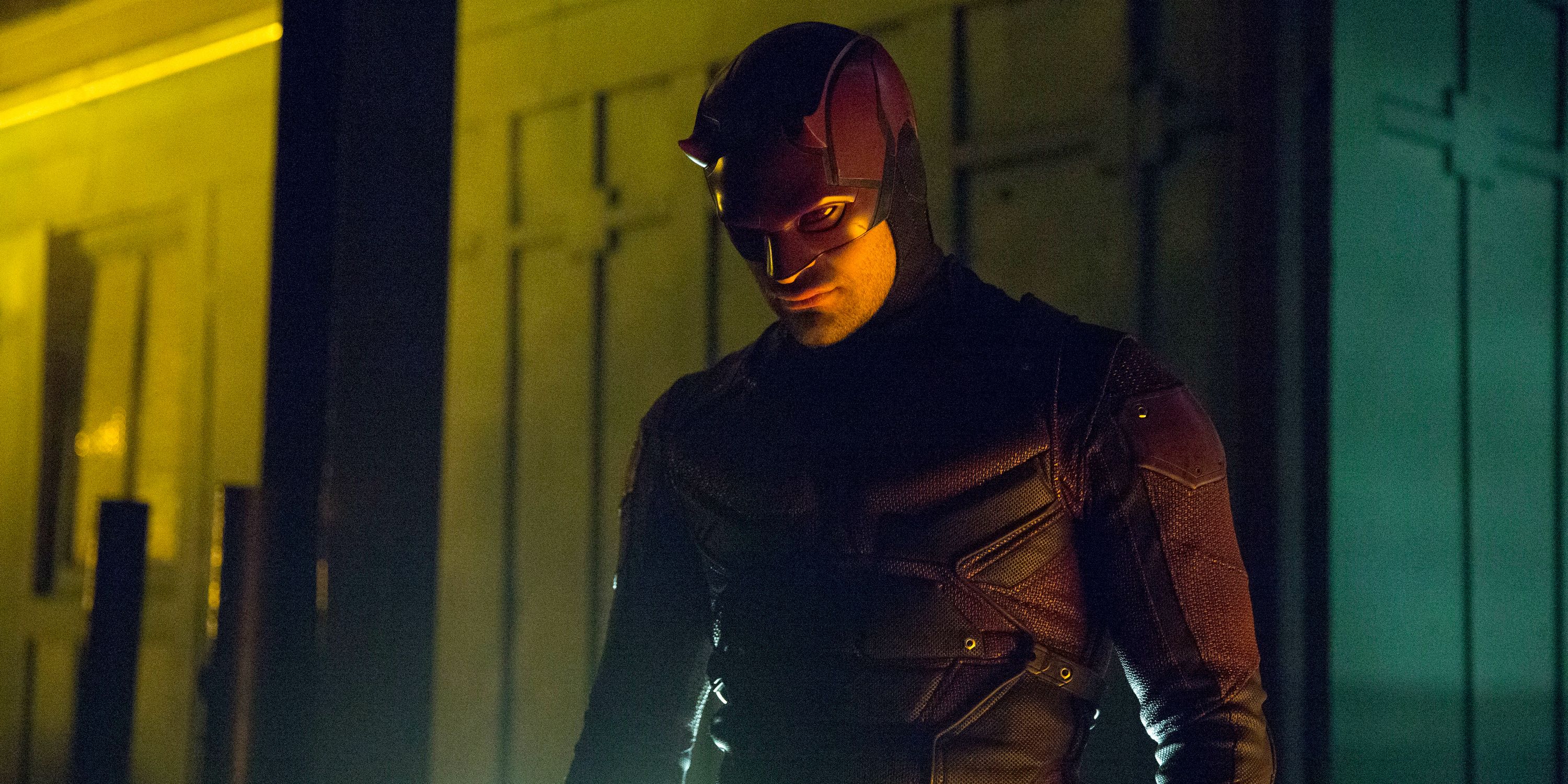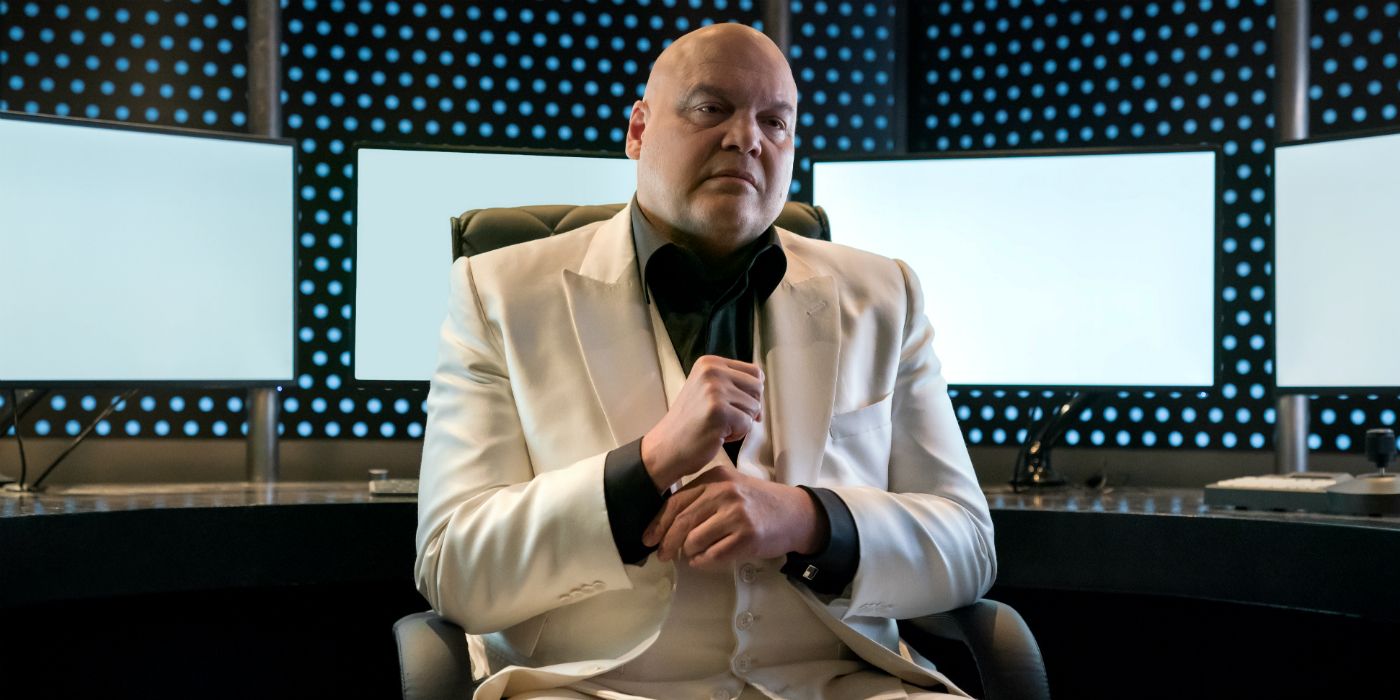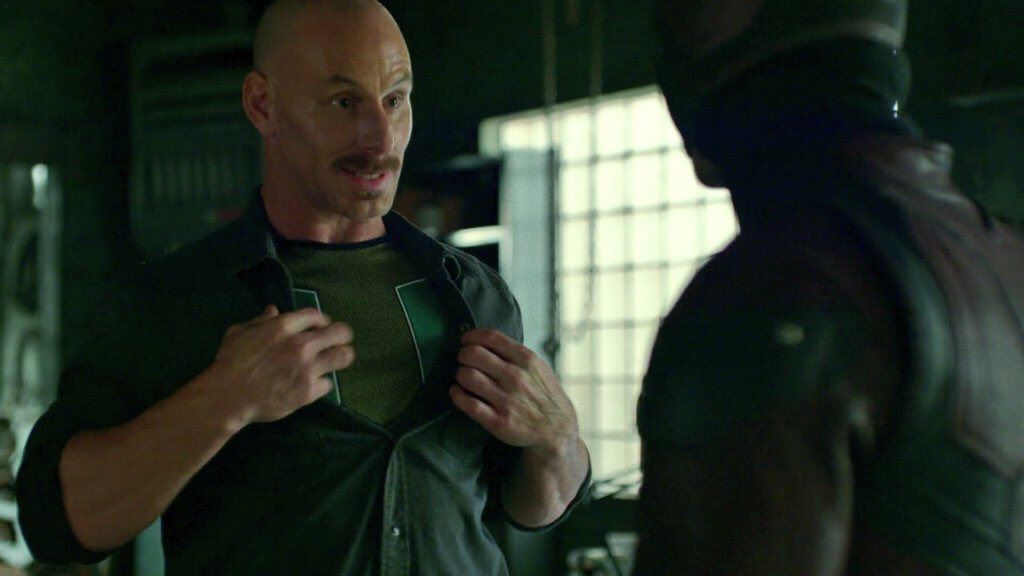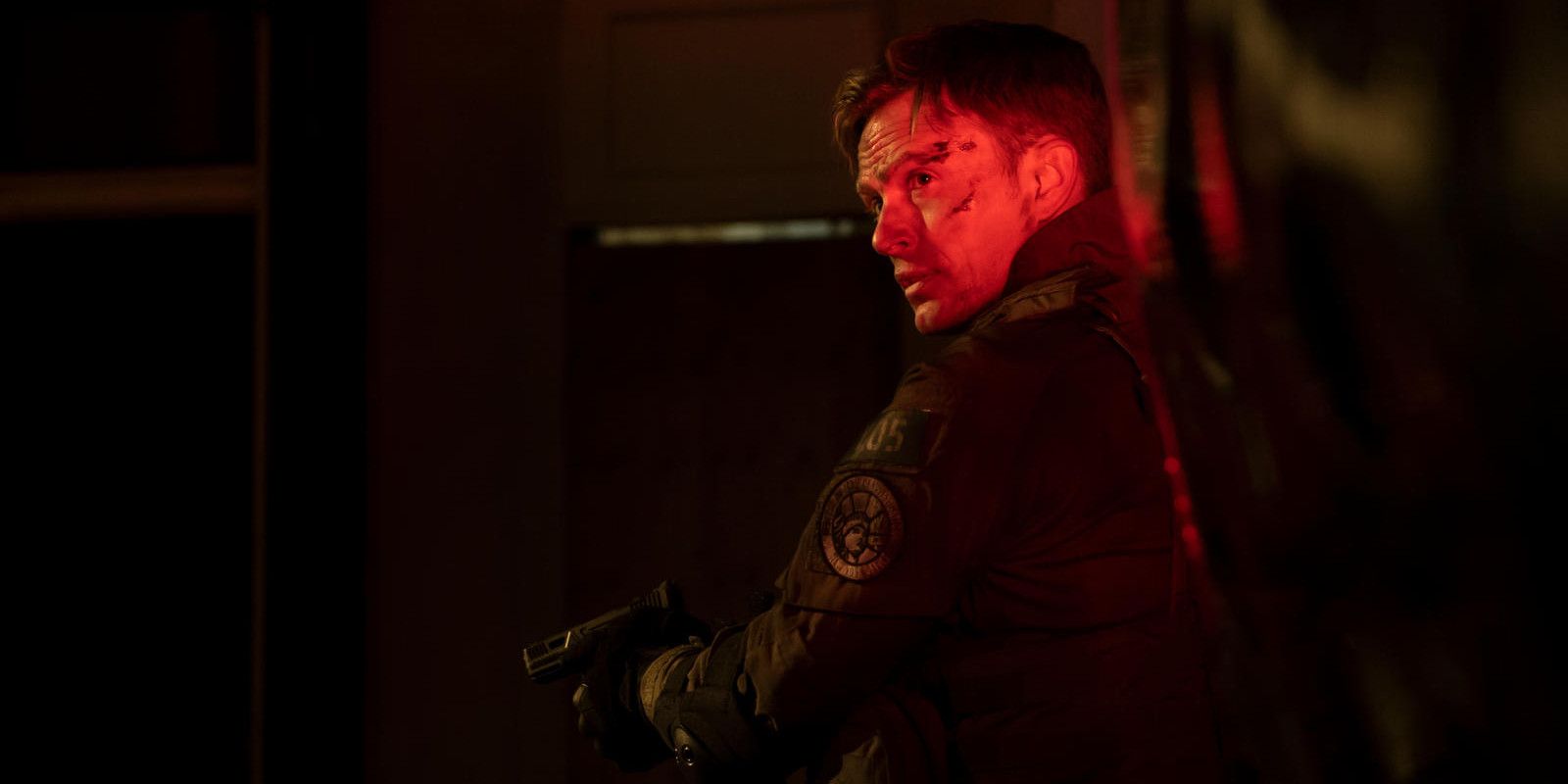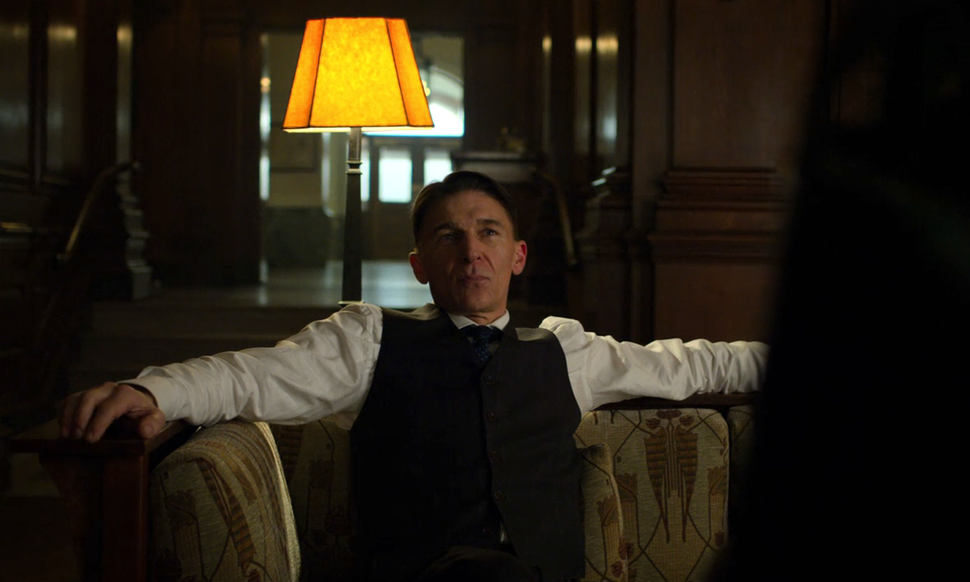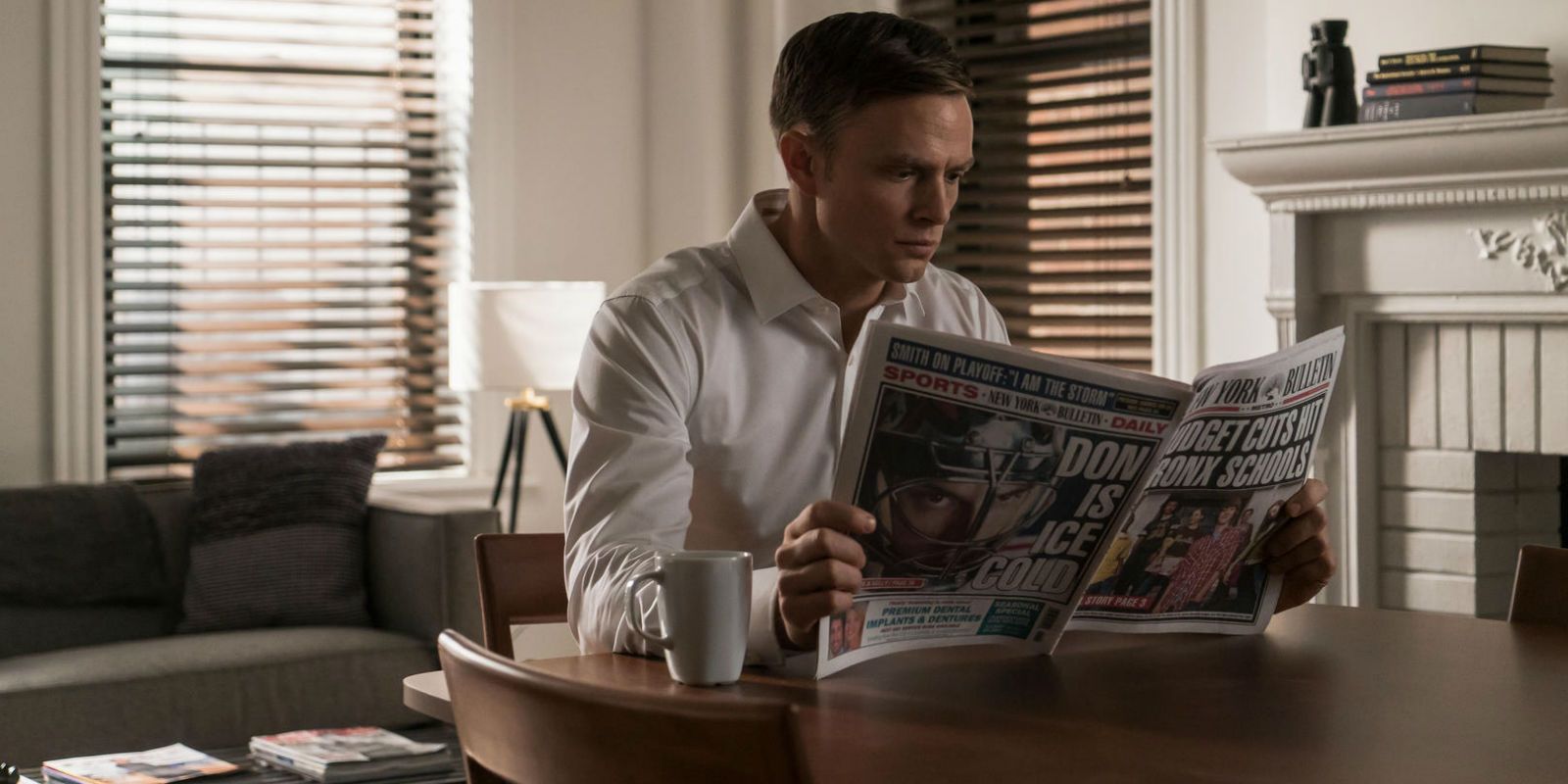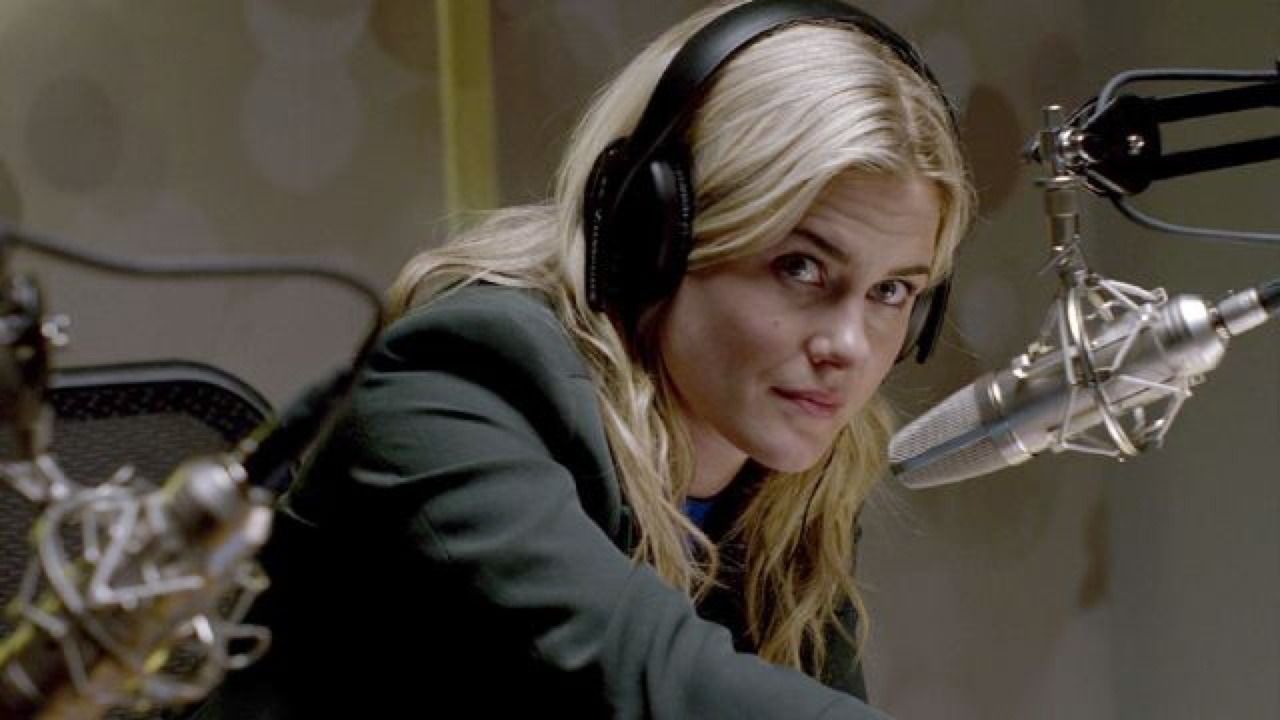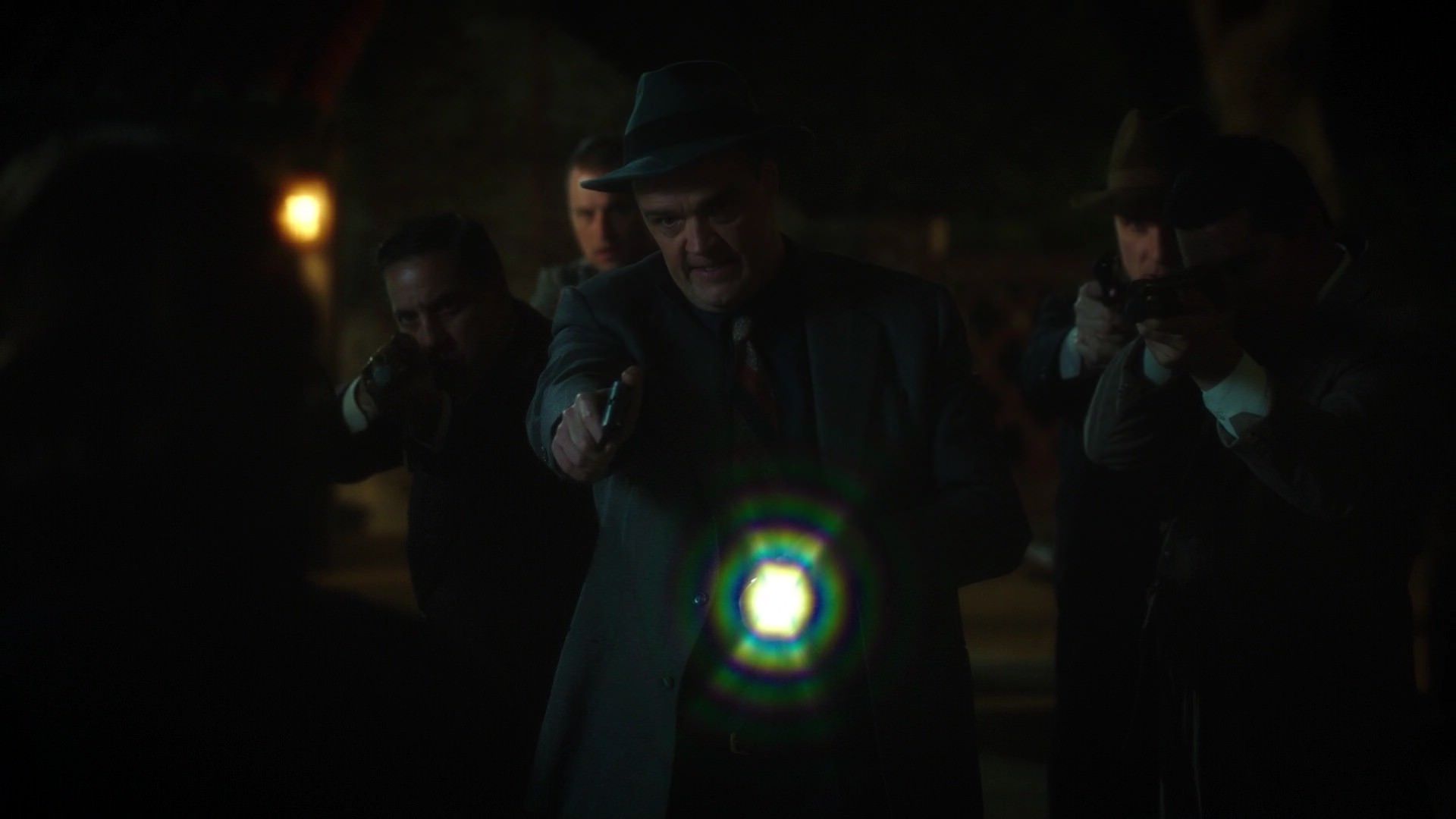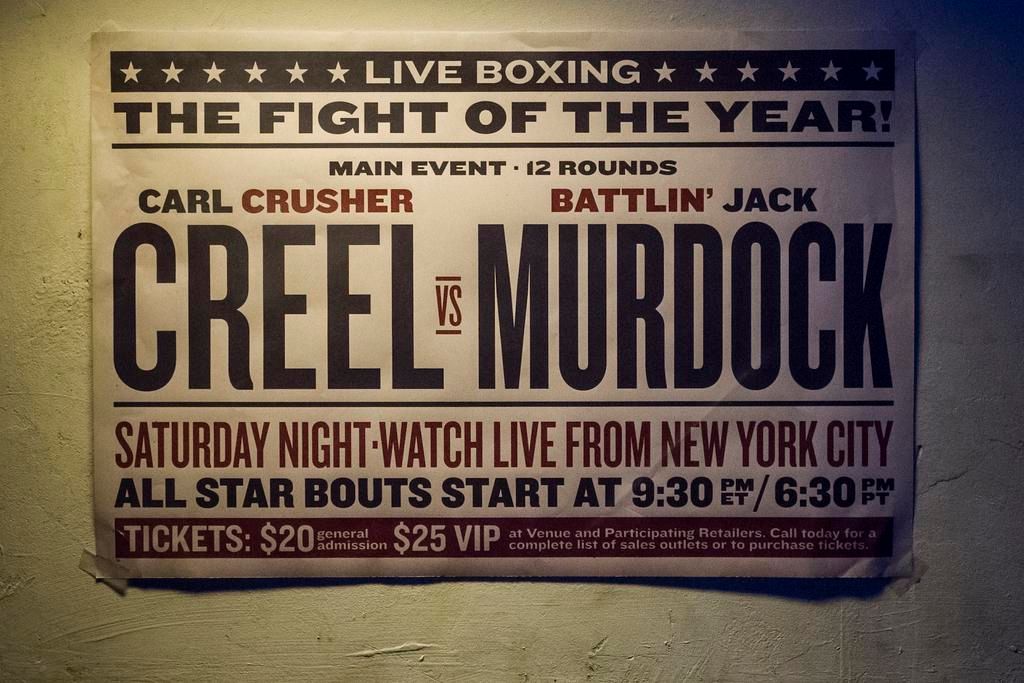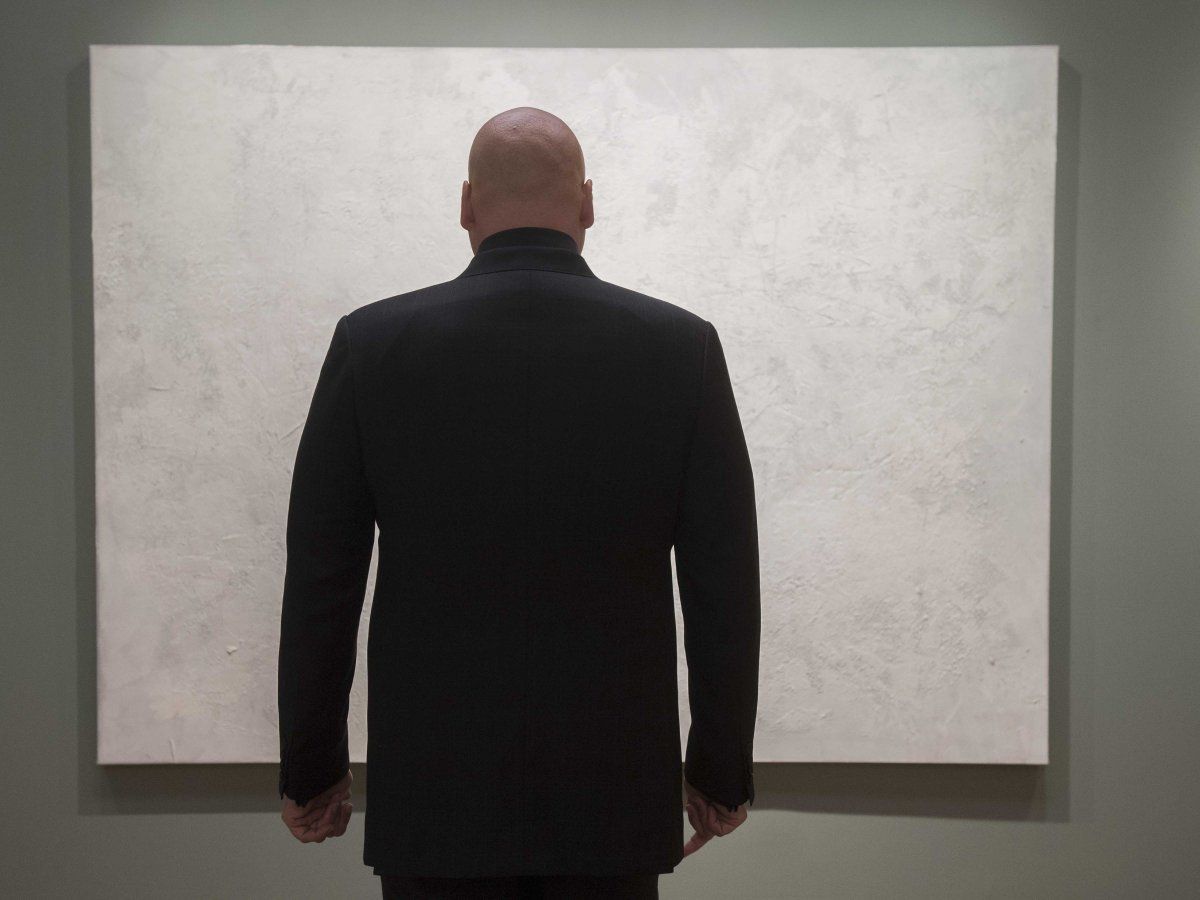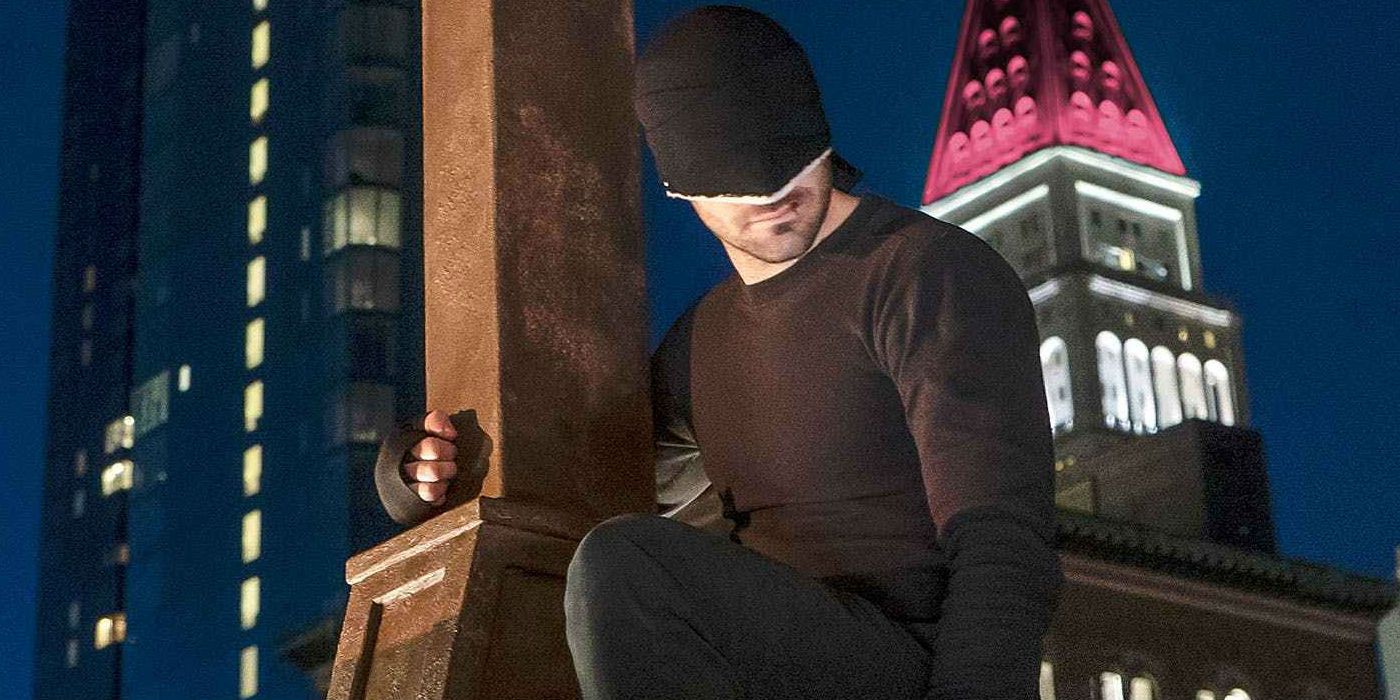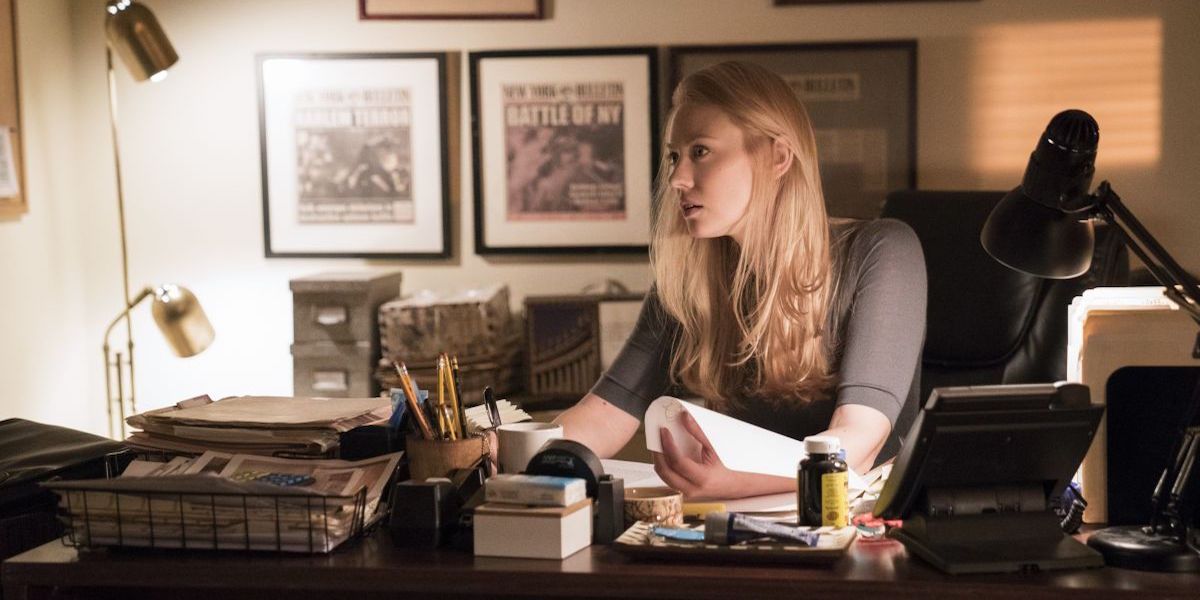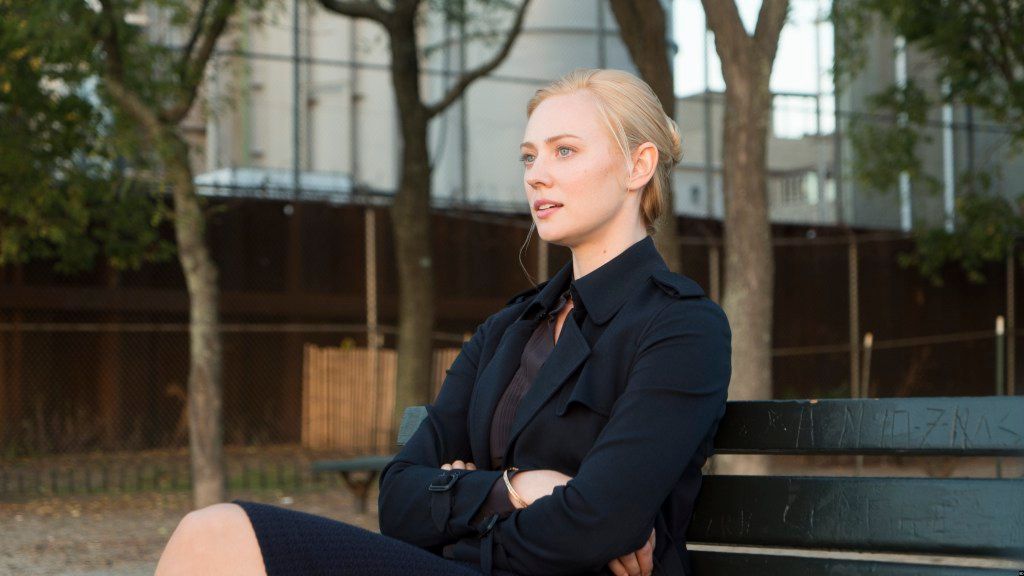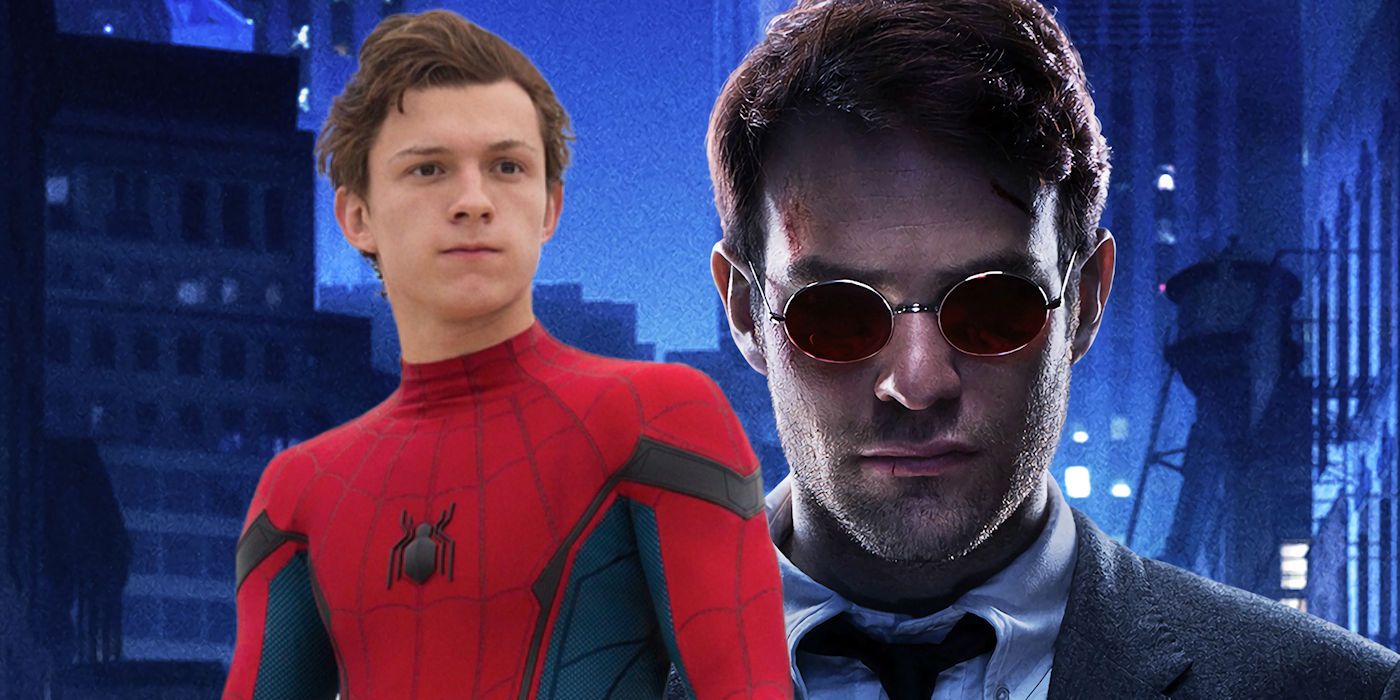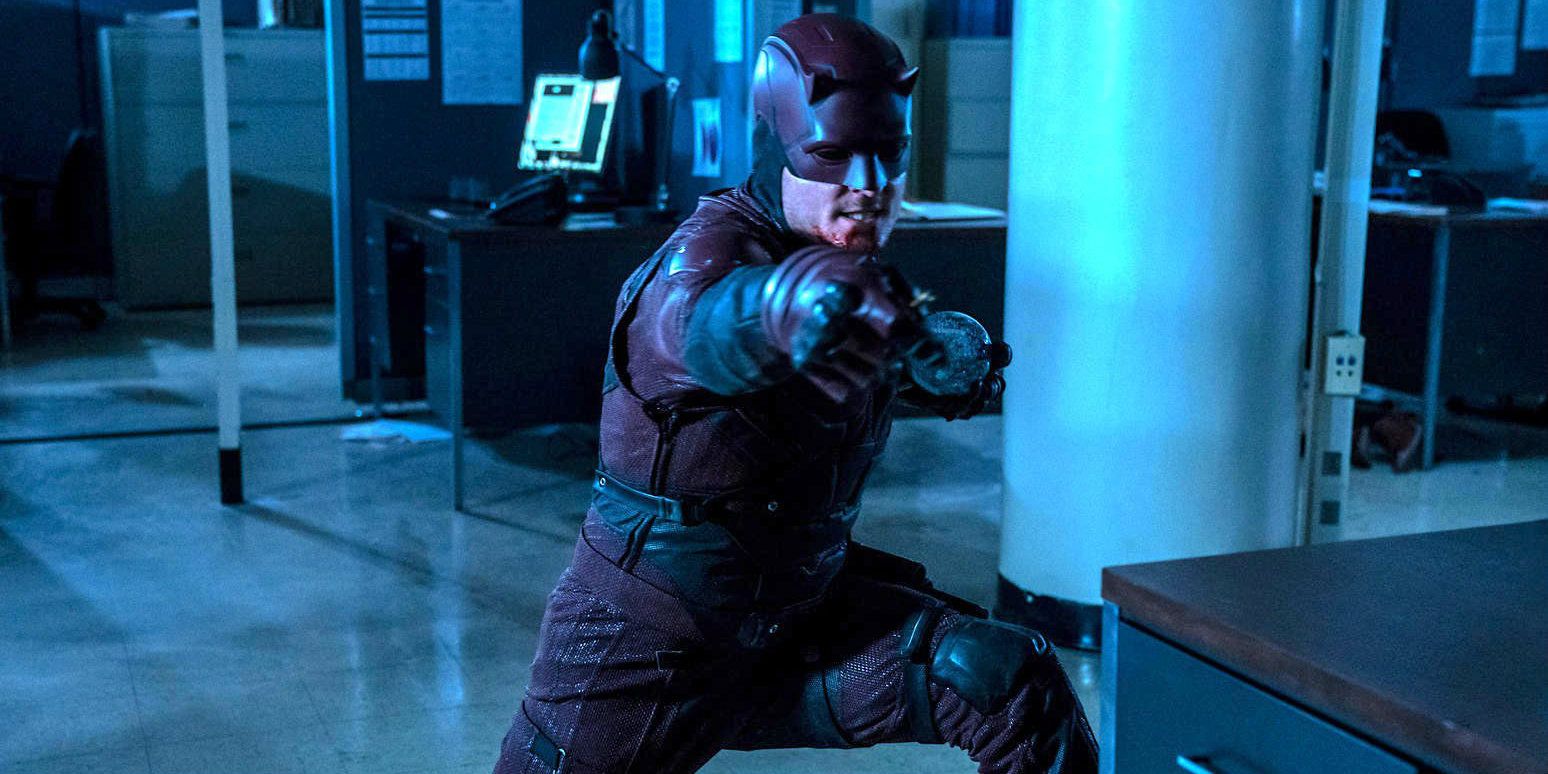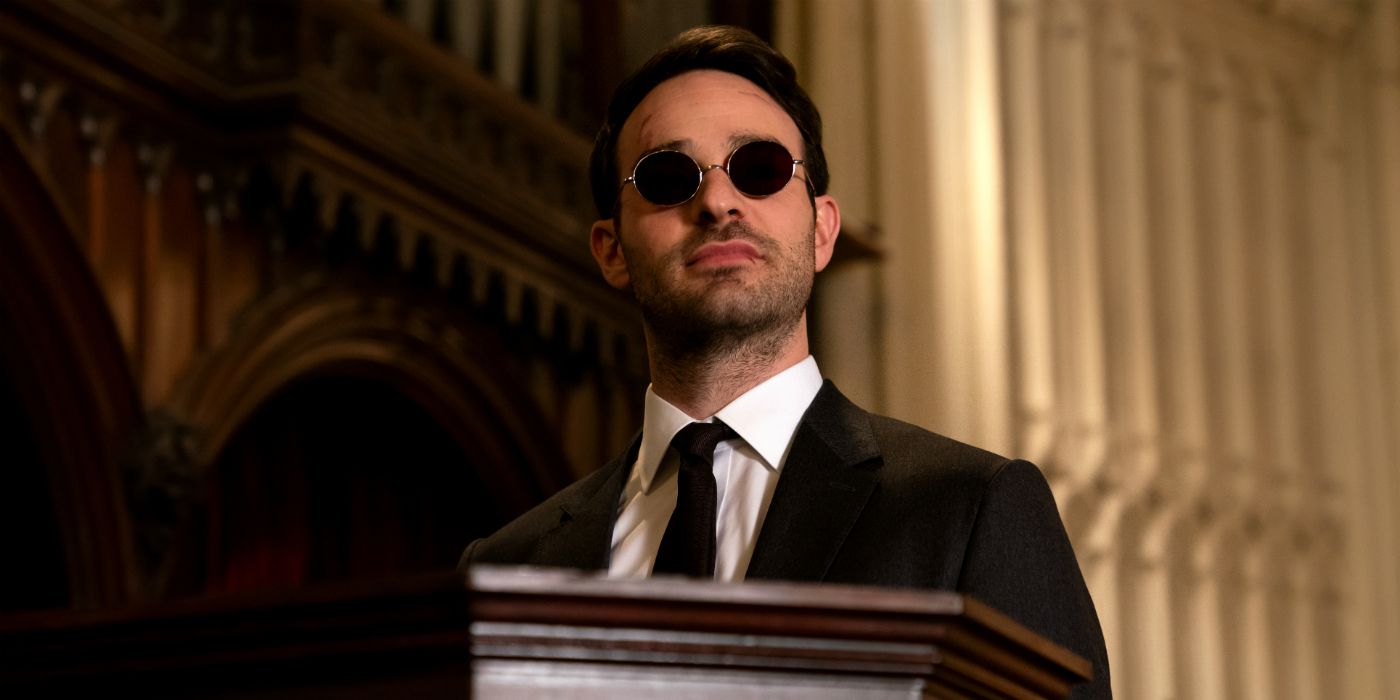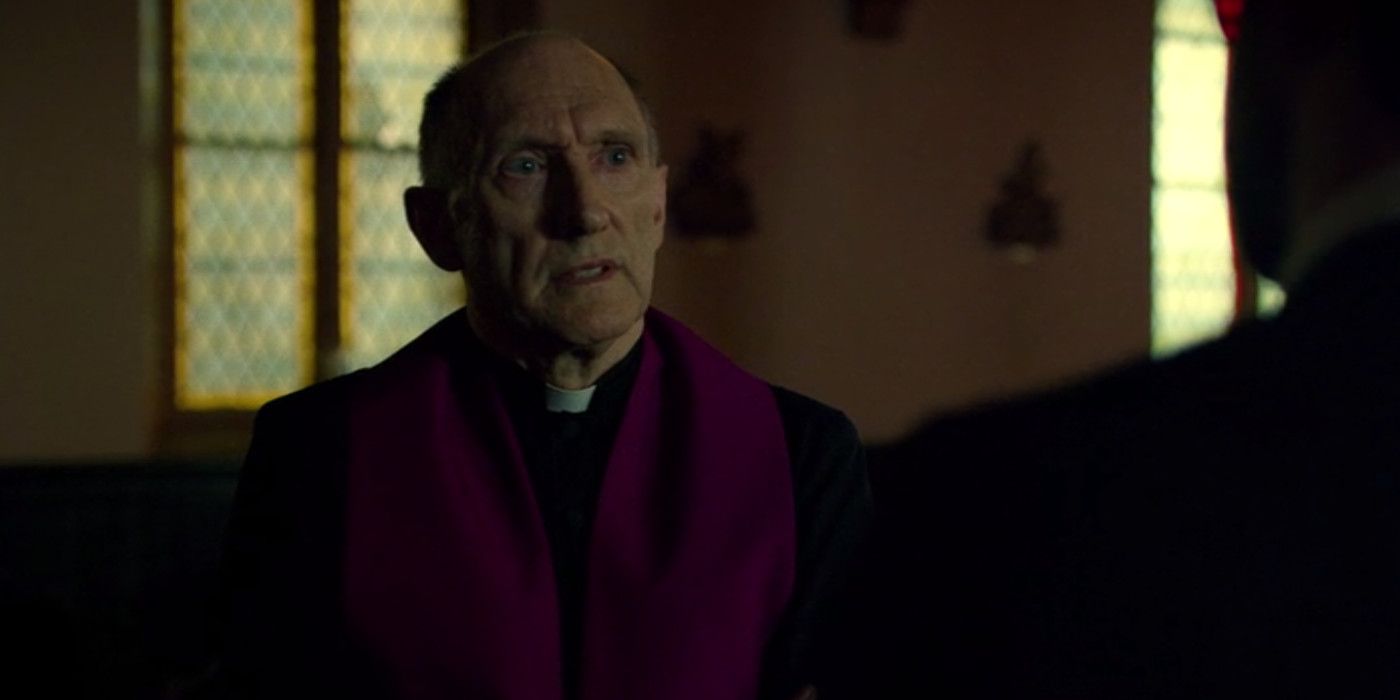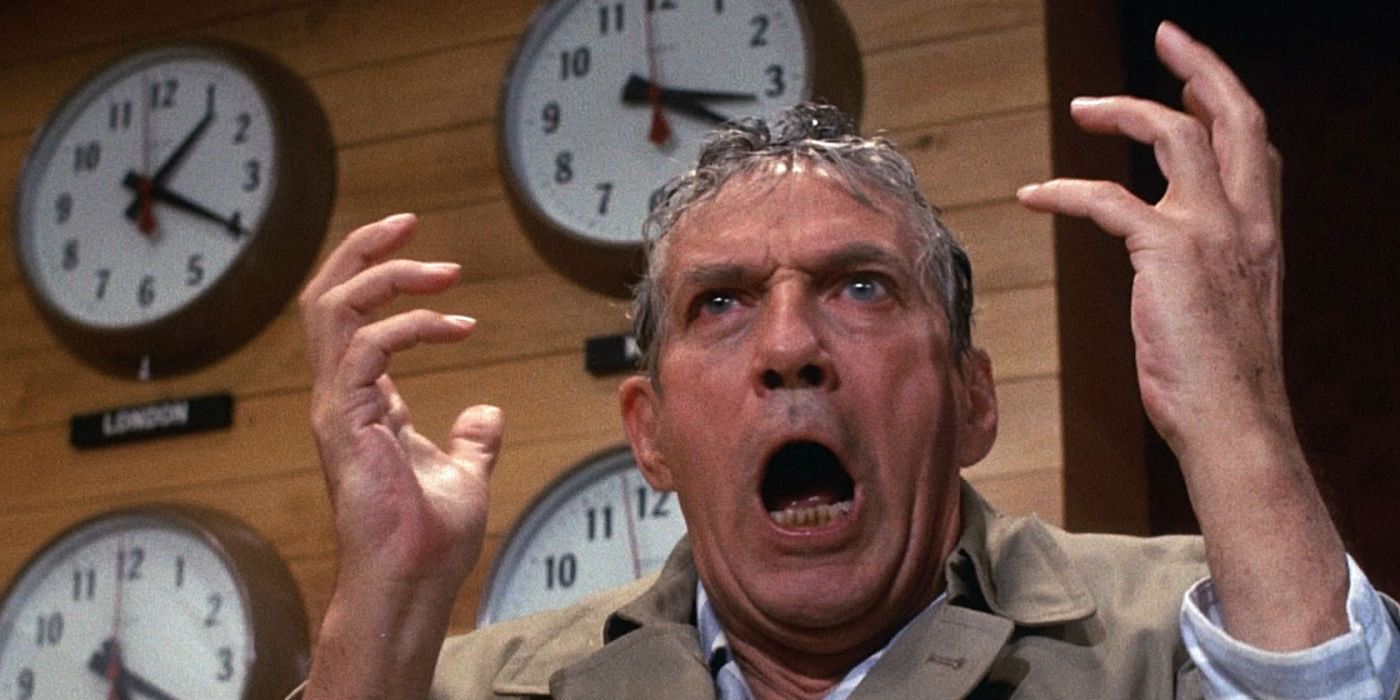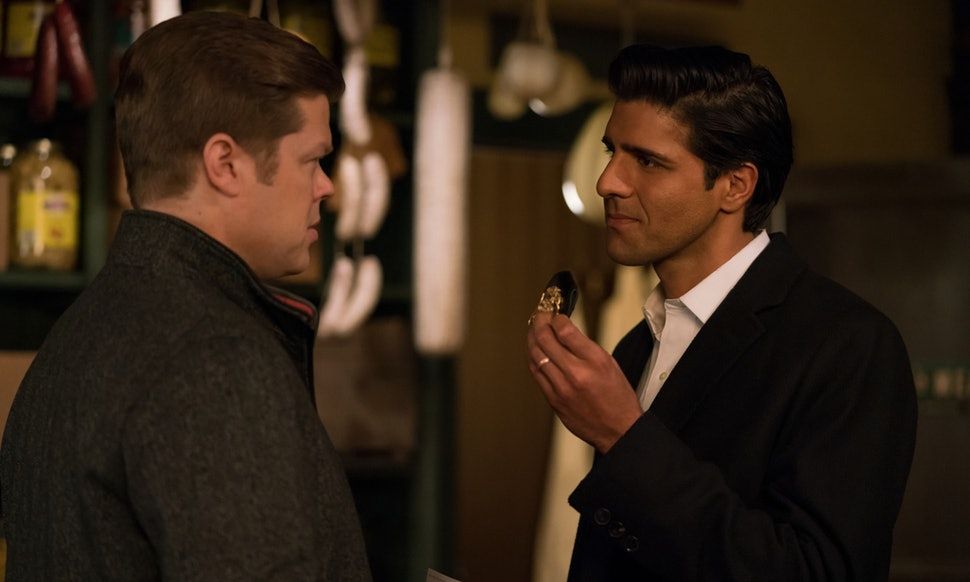The latest season of Marvel’s Daredevil has arrived on Netflix, and critics are already hailing it as a return to form for the series, after the more mixed response to Season 2. Charlie Cox is back as blind lawyer by day, superpowered vigilante by night Matt Murdock, who is once again confronted by the diabolical schemes of Vincent D’Onofrio’s crime boss, Wilson Fisk.
As hardcore fans will already be aware, Daredevil not only shares the same continuity with Marvel’s other Netflix series – season 3 picks up right where The Defenders left off – but is also part of the Marvel Cinematic Universe. However, the show continues the trend of the Netflix series downplaying their onnection to the wider MCU. Daredevil Season 3 arguably features the smallest number of shout-outs to the big screen version ofthe MCU, in favor of doubling down on its grittier sensibilities. What’s more, there aren’t as many obvious comic book-inspired Easter eggs scattered across this season’s 13-episode run – which would be disappointing, if the story that unfolds wasn’t so engrossing without them!
That being said, references and Easter eggs hidden through the show's third season make up in quality what they lack in quantity-- with nods to the MCU, the comics, and beyond. Some of these are hard to miss – like the cameo by mafia figure Rosalie Carbone, who first debuted in Luke Cage – but just as many are tough to spot.
That’s why we’ve rounded up this list of 20 Crazy Things You Completely Missed In Daredevil Season 3.
Daredevil Shrank
One of the great things about Marvel Comics is the sheer amount of information that’s available about these characters and their world. It therefore goes without saying that the vital statistics of every Marvel superhero and villain are well-established facts – which is how we know that Matt Murdock (and by extension, Daredevil) is 6 feet tall. Or at least, he is in the comics!
In turns out that the MCU's Daredevil is several inches shorter, at least if his friend Foggy Nelson is to be believed.
According to Foggy in episode 4, “Blindsided”, Matt is only 5'10''. Why the change? We’re guessing it’s to bring Daredevil’s height in line with that of actor Charlie Cox, who is himself 5'10''!
Fisk’s Cufflinks
A key plot point in Daredevil’s first season revolves around a pair of distinctive cufflinks worn by Wilson Fisk, which once belonged to his abusive father, Bill. The significance of these formal accessories becomes clear late proceedings, when we learn that Fisk bumped off his dear ol’ dad after he began beating Wilson’s mother. Fisk kept Bill’s cufflinks as a promise to himself never to become anything like their previous owner.
Fast forward to season 3, and the towering gangster doesn’t feel the need to wear the cufflinks any more – however that doesn’t mean we never get another glimpse of them. When Fisk is changing into his comics-accurate white suit, eagle-eyed fans will spy his father’s cufflinks resting near the pair he ultimately selects.
Gladiator's Buzz Saw Blade
Melvin Potter has been a supporting player in Daredevil since its first season, where – much like in the comics – he’s an exceptional tailor and metalworker. The similarities don’t end there, either: the MCU’s Potter only breaks the law reluctantly, is sympathetic towards Daredevil, and dates a woman named Betsy. Yet there’s one major aspect of Potter’s pen-and-ink incarnation that hasn’t made it to the small screen, and that’s his villainous persona, the Gladiator. Not that it’s ignored entirely, though. In season 1 and 2, the designs for the Gladiator armor are scattered around Potter’s workshop.
In season 3, not only is Potter wearing a top with his comic book logo on it, but he also wields a buzz saw blade as an improvised weapon.
It's a tip of the hat to Gladiator’s signature gauntlets!
Bullseye's Perfect Game
In the comics, Bullseye’s origins have always been ambiguous, even contradictory. Even so, the backstory he’s provided in Daredevil season 3 differs somewhat from anything previously disclosed about the character. Crucially, though, the strong influence of baseball on young Benjamin Poindexter’s formative years seen in episode 5, “The Perfect Game”, is something comics fans will recognize.
In the miniseries Bullseye: Greatest Hits, we see a possible origin for the deranged hitman where he was a talented minor league pitcher whose life was changed by a fatal pitch-- although not quite like in “The Perfect Game”. Then there’s Bullseye: Perfect Game, where an assassination contract memorably transforms into a pitching competition between Bullseye and his intended target!
Felix Manning
While all of Marvel’s Netflix series do a fine job of filling minor supporting parts with obscure comic book heroes and villains, sometimes the showrunners need to invent new characters. They do their best not to – even when it means featuring a character like Felix Manning, who only appears in a single Daredevil storyline!
Admittedly, the story in question is the seminal “Born Again” arc – which informs much of what transpires in Daredevil Season 3 – but all the same, Manning is far from an obvious pick. It's they didn’t go with a stripped down take on another of Wilson Fisk’s underlings, the better-known Rose (although not the version who’s also his son).
Lord Dark Wind’s Cameo
In the final scene of the entire season, a badly injured Agent Benjamin Poindexter – otherwise known in the comics as Daredevil’s psychotic nemesis Bullseye – undergoes an extremely painful operation on his spine.
There are two surprising revelations to come out of the brief discussion between the pair of surgeons.
The first revelations is that the the lead surgeon is none other than Kenji Oyama, who goes by the suitably flamboyant supervillain moniker Lord Dark Wind in the comics. There, he performs a similar role in aiding Bullseye’s recovery from career-ending spinal injuries through the use of revolutionary (and highly dangerous) medical procedures.
MCU News Networks
The Marvel Universe famously doesn’t use fictional substitutes for actual US cities. This concept carries across to the MCU, so rather than taking place in Metropolis or Gotham, Marvel’s Netflix series are set in New York City – with Daredevil situated in Hell’s Kitchen.
Nevertheless, more perceptive viewers will note certain superficial differences between the NYC of the MCU and the real deal, besides the former’s abundance of costumed heroes and villains. This includes several TV and radio stations seen in season 3, episode 7 that exist exclusively in the MCU, and have popped up in other franchise installments. For those playing at home, the MCU networks are WJBP, WHIH and WNEX – which aired “Trish Talk” in Jessica Jones.
The Maggia
The Maggia is a globe-spanning crime syndicate that essentially functions as the Marvel Universe’s answer to the real-world Mafia. First appearing in The Avengers #13 way back in 1965, this underworld outfit has maintained a strong presence in the comics ever since, so it makes sense that it would make the jump across to the MCU.
That said, the Maggia has, to date, remained confined to the franchise’s television shows, playing a prominent role in the second season of Agent Carter. The criminal organization hasn’t reared its head since, but thanks to Daredevil season 3’s eighth episode, “Upstairs/Downstairs”, we know it’s still up and running. Either that, or Karen Page is in possession of some seriously dated intel – as the Maggia’s name can be found in her notes.
The Crusher Creel Poster In Fogwell's Gym
Full disclosure: the poster advertising an old boxing match in which Carl “Crusher” Creel would be fighting first appears in Daredevil season 1, but it’s such a nice little Easter egg that we were happy to see it make a comeback in Episode 9 of the third season, “Revelations”, when Matt revisits Fogwell’s Gym.
For those unfamiliar with the name, Crusher Creel is the civilian alter-ego of the supervillain the Absorbing Man.
He can take on the properties of whatever he touches. In the MCU, Creel first appears on screen in season 2 of Agents of S.H.I.E.L.D., and it’s later established that – prior to gaining his unique abilities – he was the pugilist that Matt Murdock’s father refused to take a dive against, which led to his tragic demise.
The “Rabbit In A Snowstorm” Scene Re-Visited
Another key prop in Daredevil season 1 that pops up again in season 3 – albeit in a much more significant fashion – is the minimalist painting “Rabbit in a Snowstorm”. This predominantly white canvas has long held a special place in Wilson Fisk’s heart, something alluded to long before it resurfaces later in the season.
Go back and rewatch episode 2, “Please”, and pay careful attention to the scene early on where Fisk is sitting in his prison cell.
You’ll notice that there’s a shot of the incarcerated crime boss from behind as he stares at the blank, white wall – subtly evoking a similar moment where Fisk gazes at the actual painting during his very first proper scene in the series.
Giving Guardian Devil Its Due
While the prevailing comic book influence on Daredevil season 3 is the celebrated “Born Again” storyline – with many scenes, quotes and characters lifted directly from it – it’s not the only story inspiration has been drawn from. For instance, material is also culled from the Kevin Smith-penned “Guardian Devil” arc from the late '90s, as well.
Take the shot of Matt Murdock clinging to a cross atop a church steeple in episode 1, “Resurrection” – it’s lifted from a similar panel drawn by “Guardian Devil” artist Joe Quesada. It’s one of the most iconic images from the Smith/Quesada run on the book, which is probably why this isn’t the first time it’s been recreated on screen. That honor goes to the widely-derided 2003 Daredevil movie, which included an admittedly more faithful homage – as there, Matt is shown in his traditional costume.
MCU-Related Newspaper Clippings In Karen Page's Office
Fans eager to go on an Easter egg hunt while bingeing Daredevil season 3 would do well to keep their eyes peeled during the scenes that take place in Karen Page’s office at the New York Bulletin.
Among the framed newspaper clippings on her walls are headlines that call back to previous events in MCU history.
We’ve seen the headline referring to the Battle of New York before – even the most casual of fans will quickly draw the connection between it and the climax of The Avengers. There’s also mention of strife in Harlem, which is either an allusion to the showdown between the Hulk and Abomination in The Incredible Hulk or (more likely) the Luke Cage/Diamondback brawl from Luke Cage season 1.
Kingpin's White Suit Doubles As Body Armor
Much fuss has been made over Fisk finally adopting the Kingpin moniker and iconic white suit familiar to fans of the comics. While this is a very cool development, there’s something else special about Fisk’s new wardrobe: it’s made out of the same protective material as his previous outfits. This isn’t stated outright and only seems to apply to his jacket – Fisk sustains several cuts once he removes this outer layer – but you only have to watch his final confrontation with Daredevil and Bullseye for proof.
How else do you explain why Bullseye’s lethal projectiles can’t penetrate Fisk’s jacket?
Why does Fisk order Vanessa to put it on when she’s at risk of being similarly targeted?
Karen's Comic Book History Is Referenced
Bullseye isn’t the only character in Daredevil to have their backstory substantially modified from what is portrayed in the comics – Karen Page’s biography likewise receives a rewrite, too. In “Karen”, the aptly titled tenth episode of season 3, we finally learn the truth about her past, and not only is it markedly different to comics canon, it also alters our expectations of what her MCU future may hold.
Although Karen’s revised past touches upon her comic book history of substance addiction, these flashback scenes suggest she will never go down that path again. This stands in stark contrast to comics continuity, where a desperate Karen ultimately sells Matt out for another fix. Even so, a sarcastic comment by Ms. Page about performing unsavory acts in exchange for illicit substances at least acknowledges her other life.
Two Spider-Men Are NameDropped
As anyone familiar with Marvel’s “Ultimate Comics” line will already know, the successor to original Spider-Man Peter Parker is a plucky young kid named Miles Morales. Miles is set to hit the big screen in upcoming animated feature Spider-Man: Into the Spider-Verse – but he’s already made his live-action TV debut in Daredevil season 3-- in a sense.
Miles’ last name pops up in episode 13, on a poster promoting a boxing match that’s visible over Karen’s shoulder in Fogwell’s Gym.
So it’s fair to say that this isn’t really referring to Miles himself – or is it? See, the other boxer billed on the poster also sports a familiar name: Parker! This is definitely a nod to both webslingers from the Ultimate Spider-Man books – even if it is a fairly small one.
Cogmium Steel
We’ve already mentioned the closing scene of Daredevil season 3’s thirteenth episode, “A New Napkin”, which depicts the operation on Benjamin Poindexter’s badly damaged spine. As we’ve covered, the lead surgeon here is Kenji Oyama, who also patches up Bullseye in the comics. However, that’s not the only intriguing thing here, as Oyama’s treatment methods aren’t quite the same in the MCU.
In Marvel Comics continuity, Bullseye’s broken body is repaired using adamantium, not Cogmium Steel.
This is the same indestructible metal that coats the skeleton of the X-Men’s Wolverine. As the film and TV rights to the X-Men are currently held by Fox, adamantium was presumably off limits to the Daredevil creative team. This is no doubt why they swapped it out for a more obscure substance from Marvel lore: Cogmium Steel!
The Man Without Fear
For almost as long as there have been comic books, there have been comic book taglines. It has to be said that Daredevil has been bestowed with one of the most impressive-sounding of these: he’s trumpeted as being “The Man Without Fear”. Rightly so, too – as his co-creator Stan Lee once observed, a blind man-- even one blessed with sight-compensating superpowers-- who leaps off rooftops and fights crime is pretty darn courageous!
While comics fans will immediately recognize this phrase, it’s likely to go over the head of casual viewers when it’s finally uttered by Matt Murdock himself in episode 13 of season 3. Interestingly, he’s actually referring to someone else at the time – praising the bravery shown by Father Lantom as part of a eulogy for the deceased priest.
Father Lantom Trades Fates With Karen Page
Yet another connection between Daredevil Season 3 and the “Guardian Devil” comic book storyline comes when Benjamin Poindexter (aka Bullseye) threatens Karen Page in a church. In this instances, the series subverts comics fans’ expectations, rather than playing to them.
In “Guardian Devil”, Karen steps in the path of a missile meant for Daredevil, in a heartbreaking act of love and atonement. In episode 10, it’s Karen who Bullseye has in his sights, and it's Father Lantom who selflessly sacrifices his own life by intercepting the baton hurtling towards her – taking her place in the original narrative in the process.
A Classic Film Reference At Kingpin's Press Conference
Not every Easter egg in a Marvel Cinematic Universe outing has to relate to either the MCU or the comics – sometimes they can be a wink towards wider pop culture. Such is the case with a sly background detail included in Episode 11, “Reunion”, when Wilson Fisk hosts a press conference to profess his innocence.
Among the placards being waved about by the angry mob of protesters at the event is a partially obscured sign that appears to read “I’m mad as hell and I’m not going to take this any more.” This might not mean much to the average viewer, but cinema buffs will immediately recognize this as a quote from acclaimed 1976 satire Network!
Ray Nadeem's Symbolic Exit
FBI Agent Ray Nadeem is one of those characters who was devised specifically for the Daredevil Netflix series. There’s no direct comic book equivalent for this character – and so there are no real Easter eggs or references attached to him. Even so, something we picked up on during his final moments in Episode 13, “A New Napkin”, is both amazingly poignant and easy to overlook.
It looks like Ray’s lifeless body lands on the very spot where the pool he promised his son is now under construction.
Considering it was Ray’s well-intentioned desire to provide his family with a better quality of life that set in motion his eventual downfall, it makes a poetic kind of sense that his life should end in this exact location.
–
Notice any other crazy things in Daredevil season 3 that we haven’t included here? Let us know in the comments!

